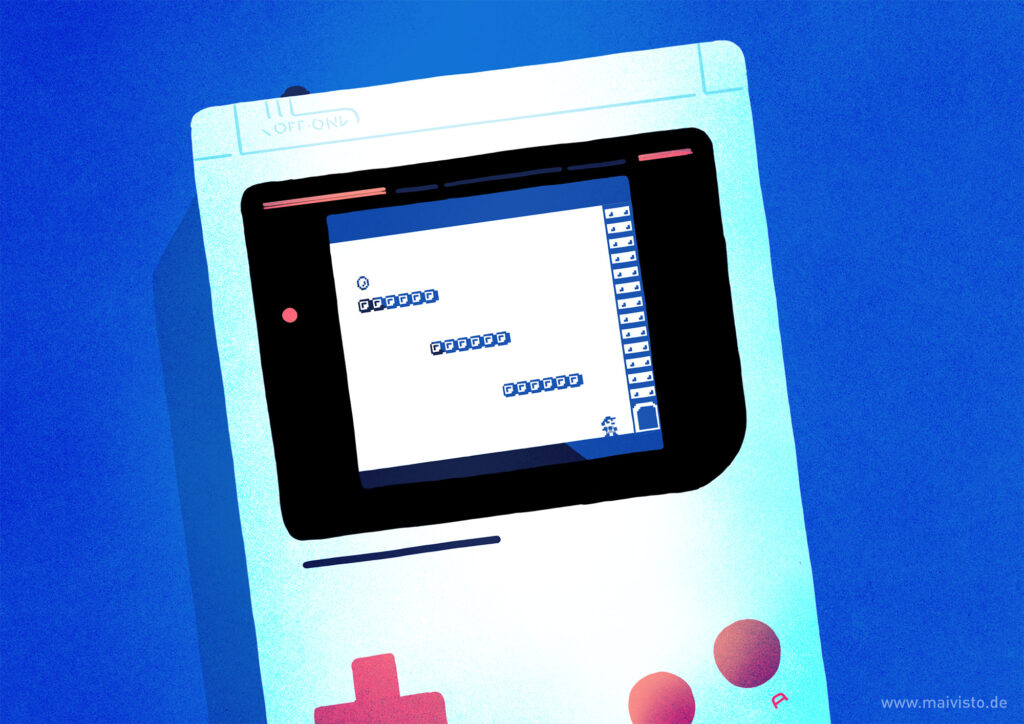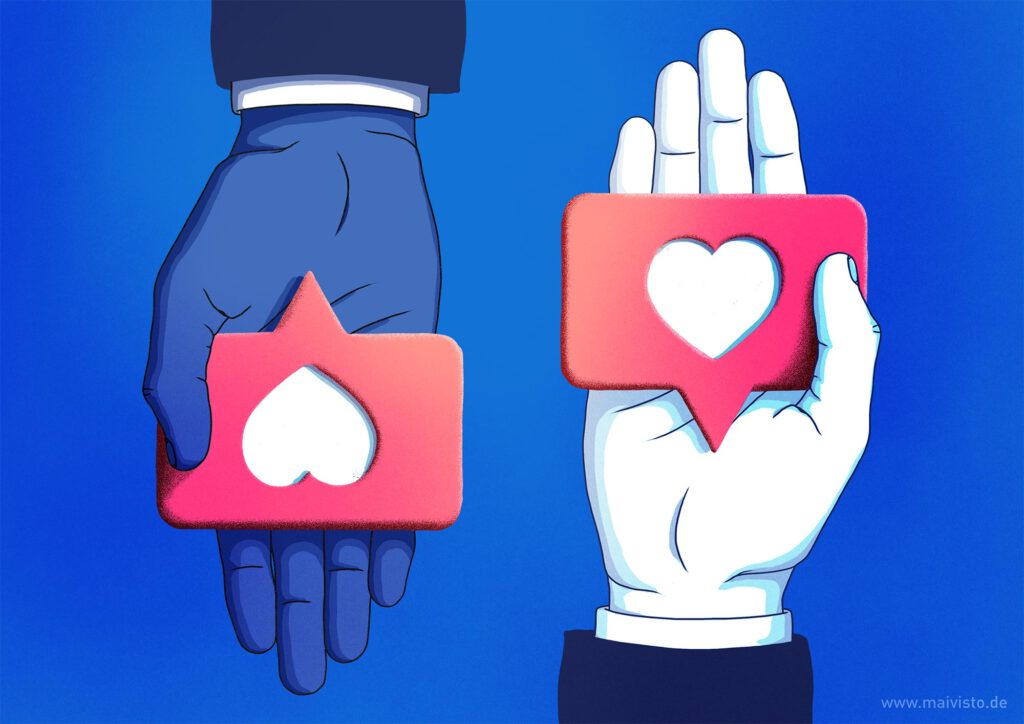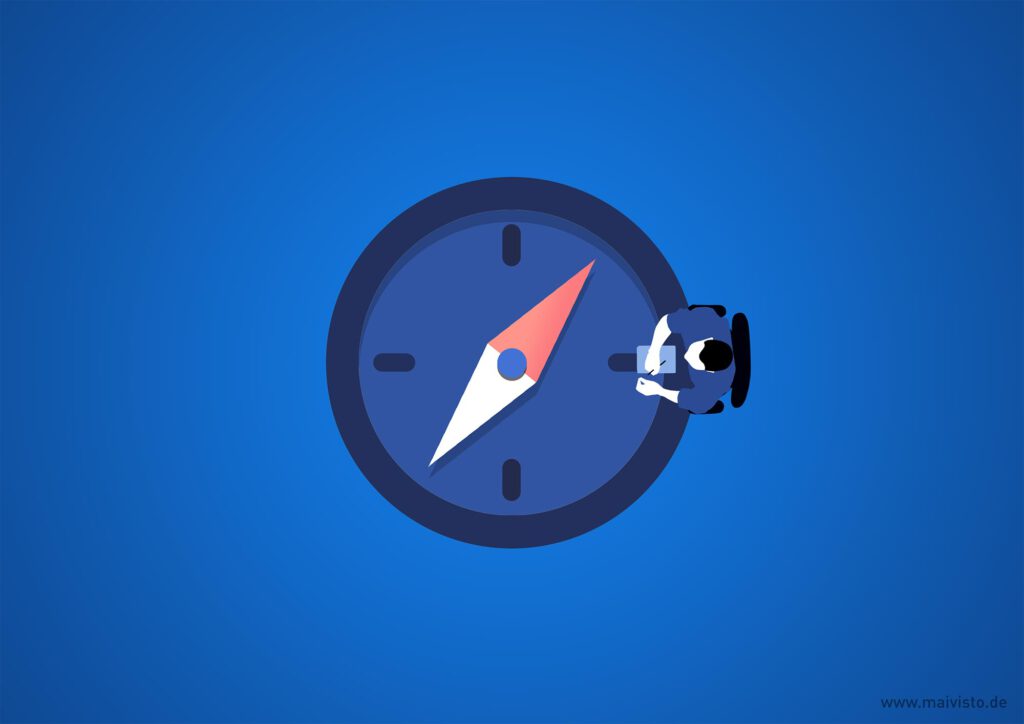When I decided to go the freelance illustrator route, I quickly noticed the differences between permanent employment. We usually have a commute in a permanent position that we do every morning and after work. This one we can find annoying and a waste of time. But the commute home has a valuable advantage. It makes a clear cut between our work and our free time, which helps us structure our daily lives.
As freelancers, this physical cut is often missing. Often, the place where we work and create is the same place where we eat, watch movies, and go to sleep. As a result, we quickly tend to lose track of time and merge our free time with our work time. In short, we lose piece by piece our life outside work. In the times of Covid, many permanent employees are in home offices, so they have experienced the same thing.
There are simple methods to create physical cuts if we can’t or don’t want to go to an external place, such as a co-working space. A fundamentally important one is to dress for work as if we are going to the office. Maybe not in a suit and patent leather shoes, but not in sweatpants or pajamas. This daily routine affects our attitude during work hours. Then, after work is done, slipping into sweatpants is not only a signal to us that we can leave work behind for the day. It can also feel good and earned, and there’s nothing to stop us from enjoying it.


